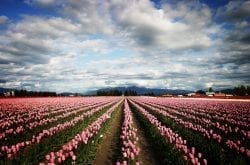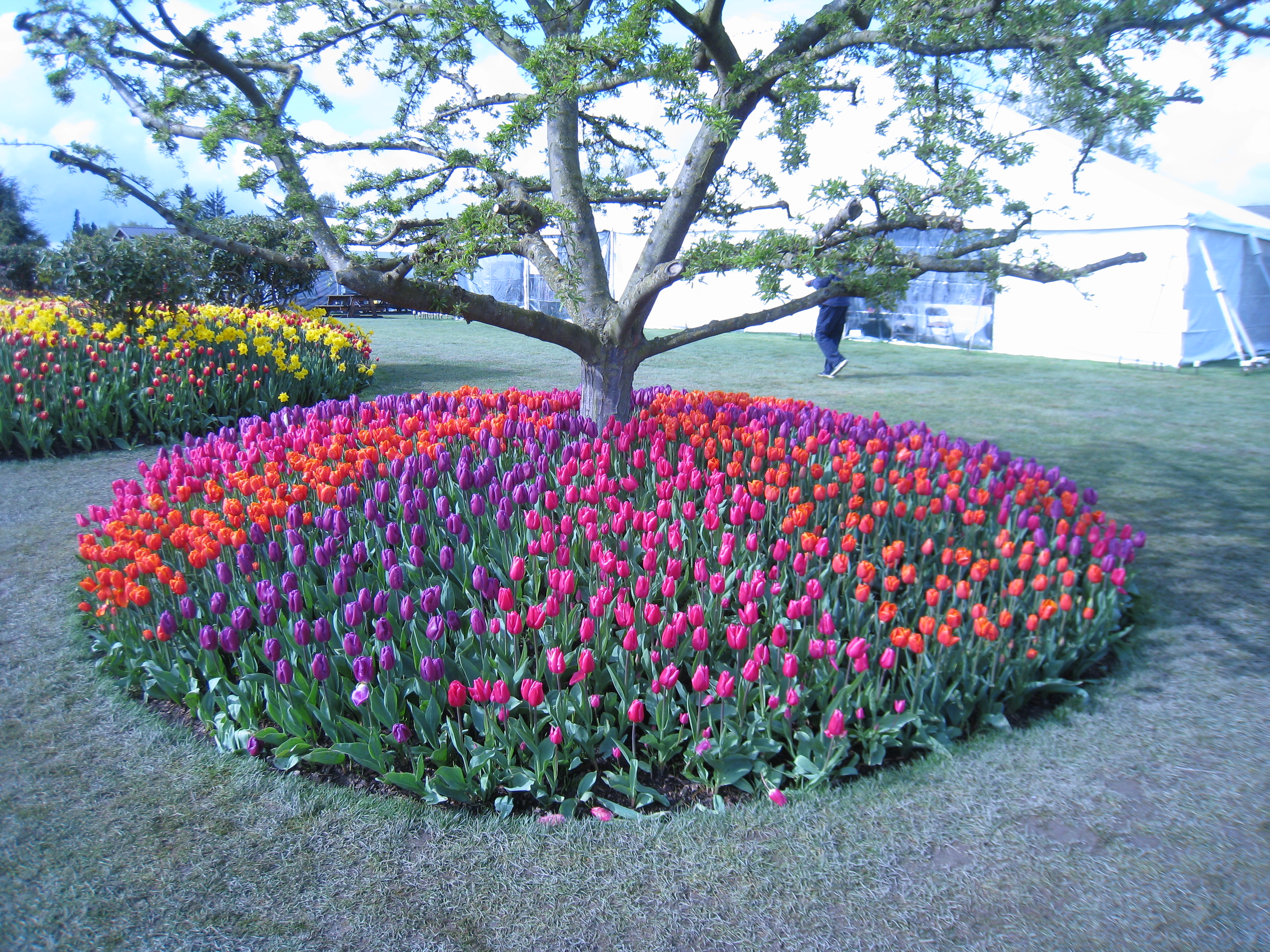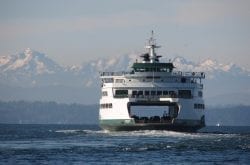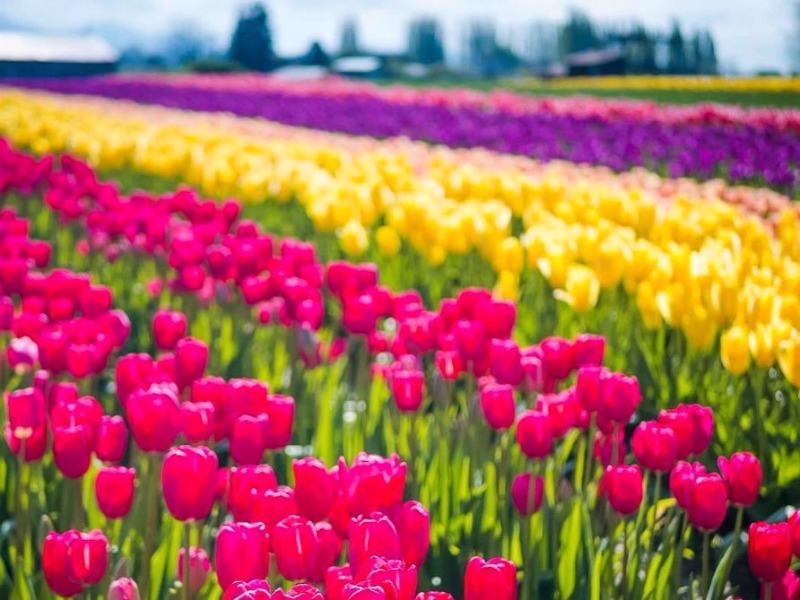
If you’re planning a trip to the Northwest, one of the first questions you’re probably asking is “When is the best time to go?”
While summer brings the best chance of idyllic weather, every season offers delights for travelers – it all depends on what you’re looking for in the ultimate Northwest vacation.

Skagit Valley Tulip Festival, photo by @sweetescapes
Spring
Spring is a fabulous time to be in the Northwest. You’ll beat the summer crowds, enjoy off-season rates and the chance to view brilliant colorful blooms. The Skagit Valley Tulip Festival is held throughout the month of April and features millions of tulips that create a kaleidoscope of colors across the landscape. With a backdrop of soaring, snow-capped mountains, the photo opportunities are hard to beat. Temperatures are generally sweater weather, though you may or may not have to contend with rain.
If you want to view lots of waterfalls, you’ll find them in abundance throughout the region, especially in the spring, though the Columbia Gorge area is home to more than any other place in the entire nation. Even when it’s raining, a hike here is unforgettable with the vivid green hues and countless cascades.
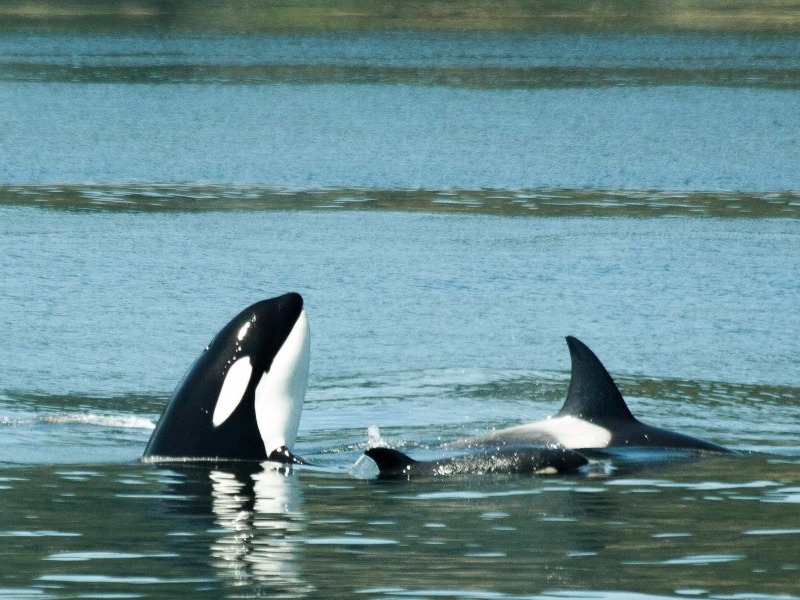
Orcas in the Puget Sound, photo by Puget Sound Express
Summer
Summer is the warmest and the driest time to be in the Northwest, which is why it also tends to be the busiest. It’s also the best time for outdoor activities like sailing, kayaking and whale watching, with orca whales often hanging out around the San Juan Islands, and other places throughout the Puget Sound between May and September. As there are more tourists this season, be sure to book accommodations and attractions in advance, and arrive extra early for ferry departures.
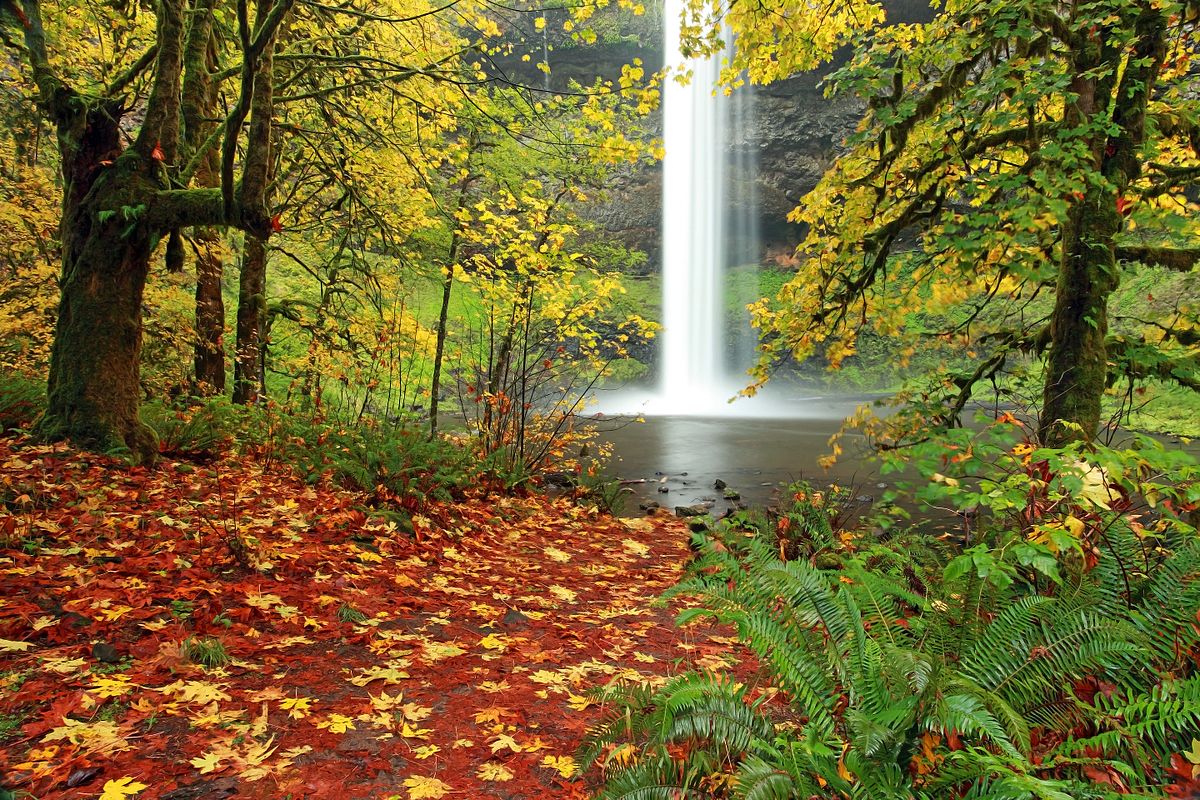
Dream Pool, Silver Falls State Park, Oregon (Creative Commons photo license)
Fall
Often, the warm, dry weather continues through the month of September, and the bigger tourist crowds of summer are gone by Labor Day weekend, making it another one of the best times to be in the Northwest. Depending on elevation, peak fall colors arrive around late September to early October. While temperatures begin to take a sharp dip after that, the month of October is often pleasant and ideal for things like hiking and biking – November is the wettest month of the year.
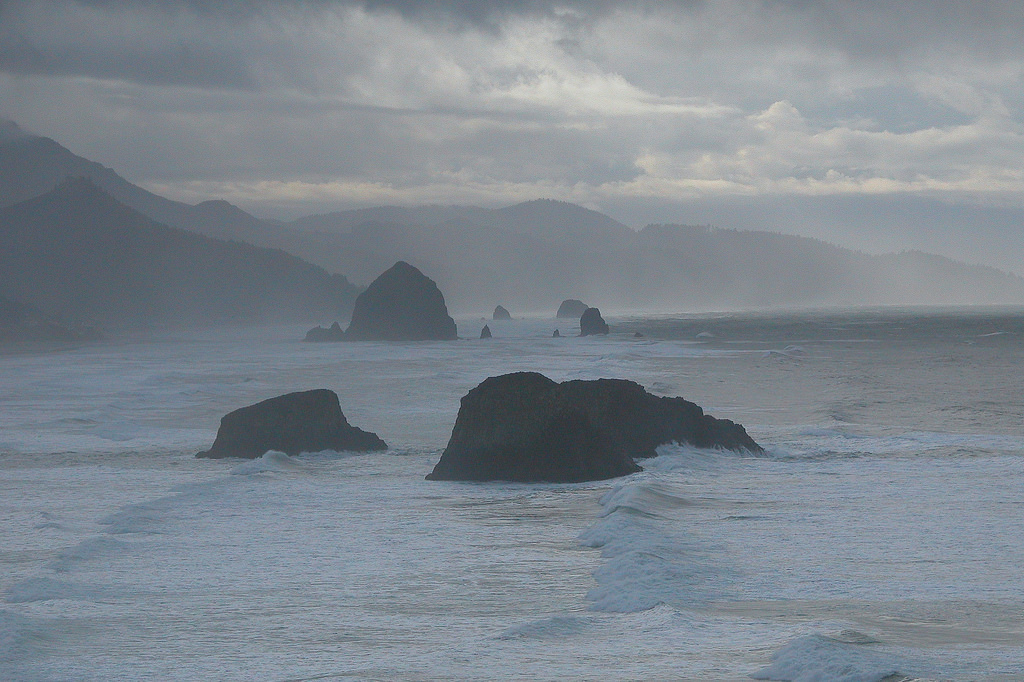
Photo by Gregory “Slobirdr” Smith (Creative Commons License)
Winter
Winter is the low season in many regions of the Northwest, with the exception of popular ski areas. If you stick around the cities or the coast, you’ll find few tourists and often enjoy lower rates on accommodation too. The weather in the lower elevations is generally wet and cold, while the mountains see plenty of powder for activities like skiing, snowboarding, snowshoeing, sledding and cross-country skiing.
Along the coastal areas, this is a great time for storm watching – and nearly 20,000 gray whales pass by the Oregon coast from mid-December through mid-January as they travel south to the warm lagoons of Baja Mexico.

